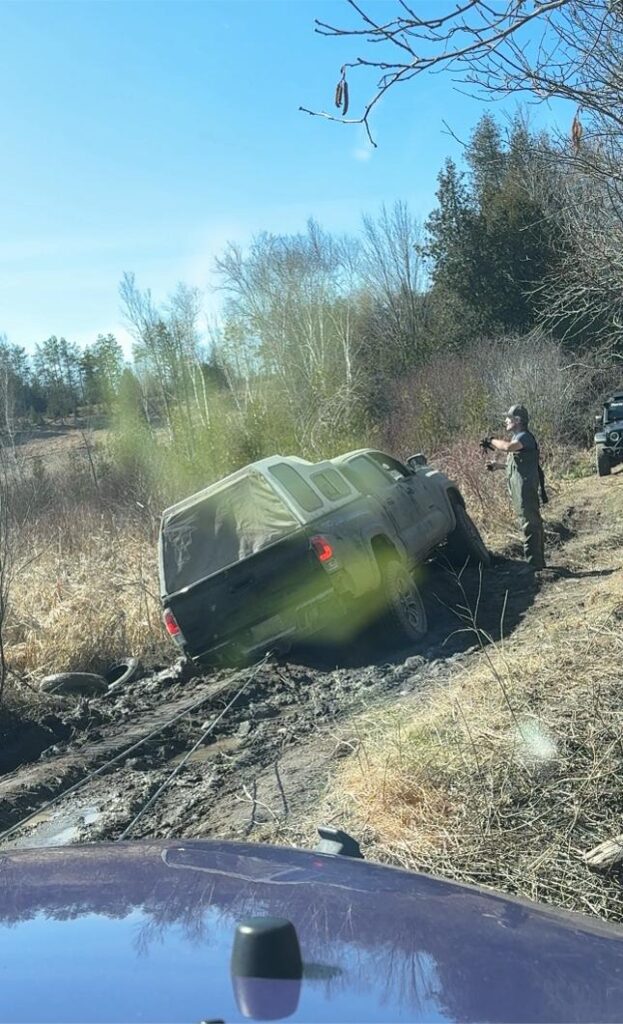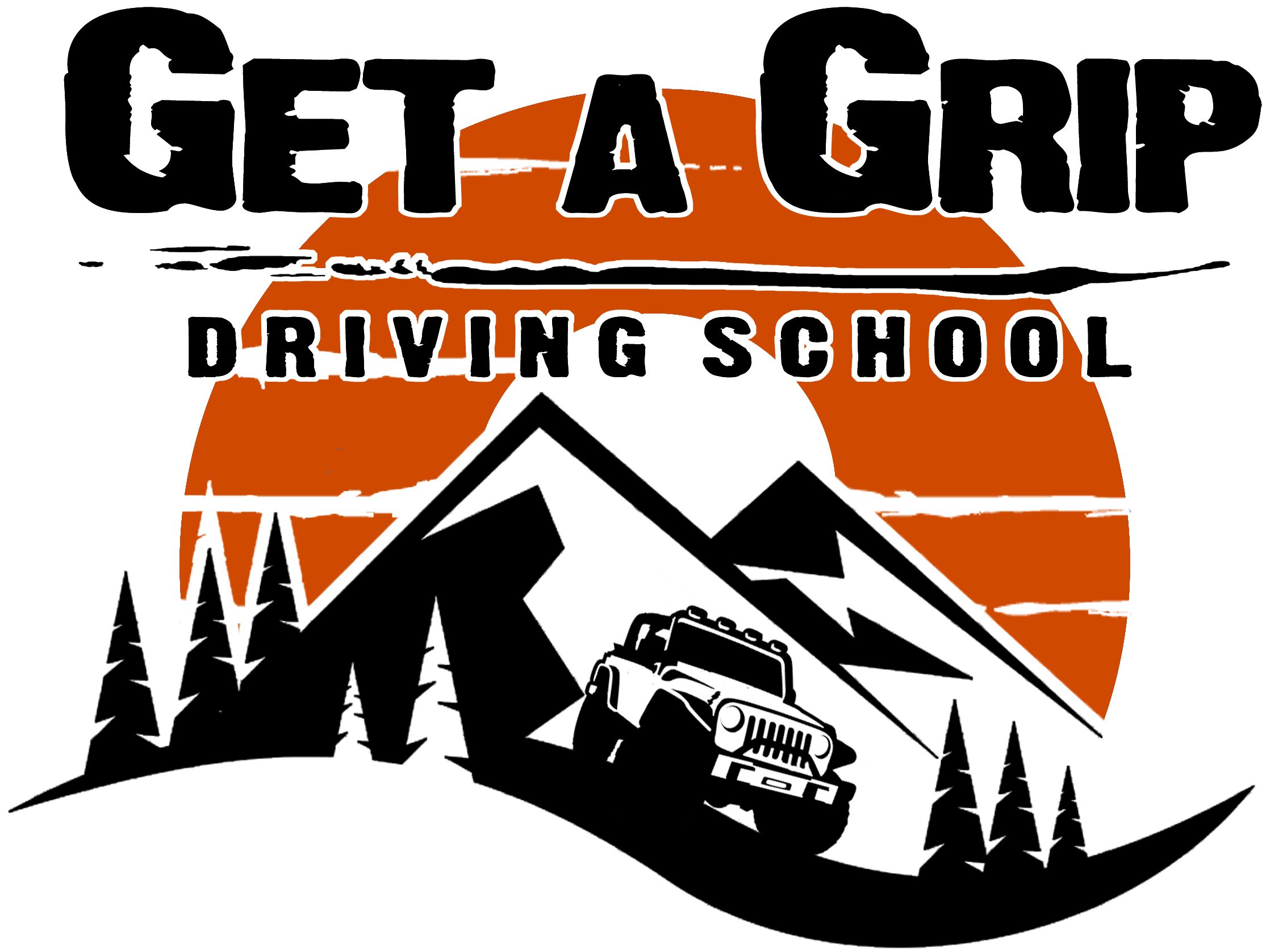It’s not just a click bait line. Every single recovery involves lethal forces, and if the wrong equipment is used, or if the right equipment is used incorrectly, people can be, and have been, killed.
Getting stuck is part of off-roading… it’s inevitable. Whether you’re a new and inexperienced driver, or if you’re more seasoned and trying to tackle more challenging obstacles, it’s just a matter of time. Recoveries can also be a fun part of the off-roading experience. They present a whole new dynamic, and new set of challenges.
Unfortunately most off-roaders tend to rush the process, and that is often the first of many mistakes made. What makes this so difficult for us to get across to people is that people don’t realize just how dangerous recoveries are, or they may not understand that the equipment they’re using is unsuitable, and therefore unsafe, for their needs.
Almost all of us make the same mistakes too. Perhaps we want to buy a kinetic rope, but we buy the wrong size. Or we buy a Recovery Ring for our winch line, but we buy one with a channel that is to narrow. Or perhaps we buy a soft shackle for our bumper not realizing that we need a hard shackle to go in between them. Or we buy a winch that isn’t powerful enough for the weight of our vehicle. It’s not that it can’t be used, but now pulleys have to be used more often. They may not know that, and as a result, they burn up their winch.
Even if you buy all the proper equipment, how to use it isn’t always clear cut. We still see lots of people yanking on static tow straps, and we still see people attaching straps to tow balls instead of using a proper recovery point.
So not can using the wrong equipment be lethal, but using it incorrectly can be also. If all that isn’t bad enough, there is also technique and strategy to consider.

We recently responded to a call for help for a young fellow who go stranded on an unassumed road. By the time we arrived, he hand been stranded there for 22 hours. He was inexperienced in off-roading, and new to the whole overlanding life, and he made a simple mistake. A mistake made by two other drivers in the exact same spot over the previous week (we were there just three days prior recovering someone else…from the exact same hole).
Although this simple mistake had potentially serious consequences. Had it been much colder, he may not of survived the night.
When we arrived, we found his truck had slid off the trail into a swamp and all his efforts to get free just made the situation worse. On arrival though, we found the truck completely bogged down, framed out on the ground, and suctioned into the mud. We also found a kinetic rope attached to the front of his truck. Someone had already tried, and failed, to pull him out already. The rope was the wrong size though, and it wasn’t properly attached to his truck, and he was so deeply bogged down and suctioned into the mud, a kinetic rope recovery shouldn’t have even been attempted. My heart sank when I saw what had been attempted and how, because I knew just how close they had come to a serious disaster. It’s not like they could have been reached by an ambulance.

It ended up being a two-phase recovery requiring winching from the back by a Jeep anchored to a tree, and then winched from the front by another Jeep that was anchored to yet another Jeep. It also needed experienced crews to get this truck free from its muddy trap.
That old saying of “If at first you don’t succeed…try, try again” or simply thinking “Try harder” isn’t the right way of thinking about recoveries. It’s how things get damaged, or people get hurt. Instead it’s more like…try something else. If a technique doesn’t work, or shows no sign of working, then it’s simply a bad idea to continue with it. Adding more energy to a bad idea is a REALLY bad idea, so try something else.

In our courses, we spend a lot of time discussing how to plan a recovery, what equipment to use and when, and we discuss the need for communication. It’s quite common to spend hours planning and rigging, and only require 30min to actually complete the pull. That’s ok. Take the time and do it right. Rushing and guessing often results in failure, damage, injuries, and having to start all over again ultimately taking longer in the end.

New Tow Truck drivers often require two weeks of training to only become barely competent at doing recoveries. Being good at the job takes a lot longer. If you’re not comfortable handling a certain situation…don’t try it. If you’re not comfortable with how someone else is trying to help you…ask them to stop and call for more help. A good recovery person knows when to stop.


 Previous Post
Previous Post Next Post
Next Post


